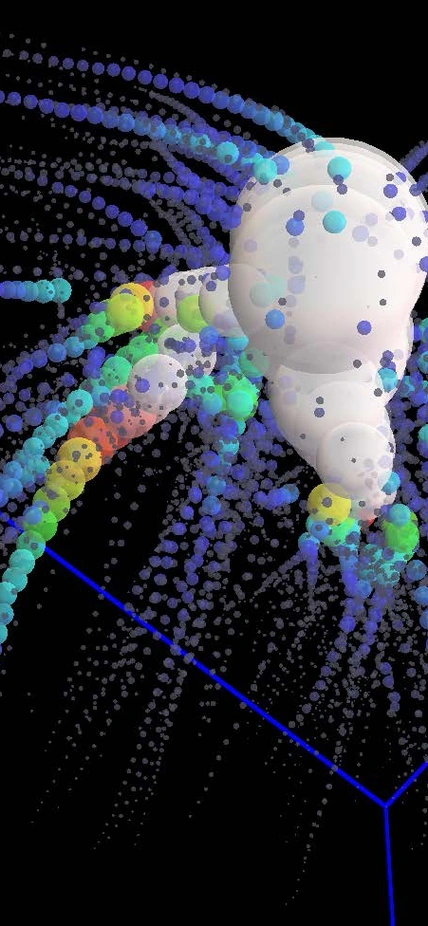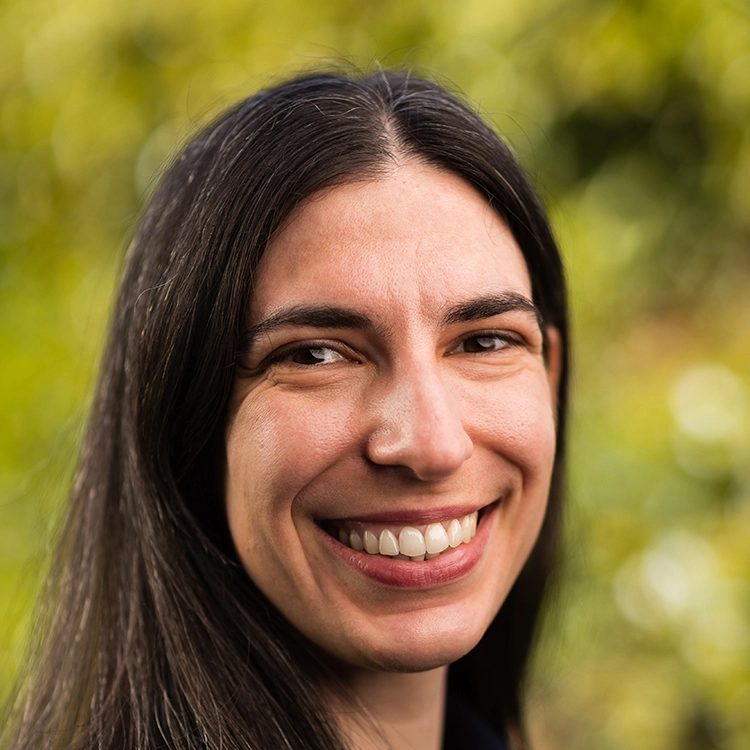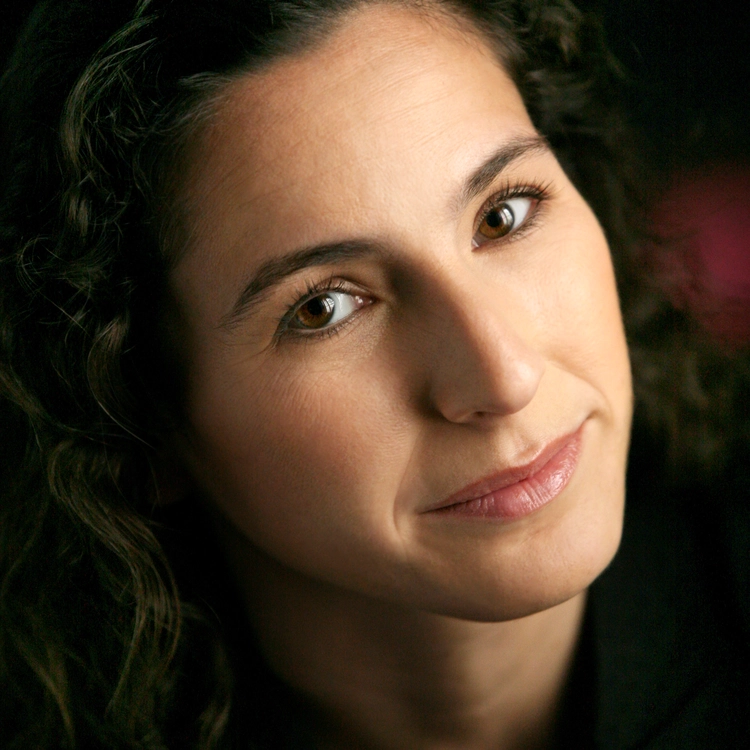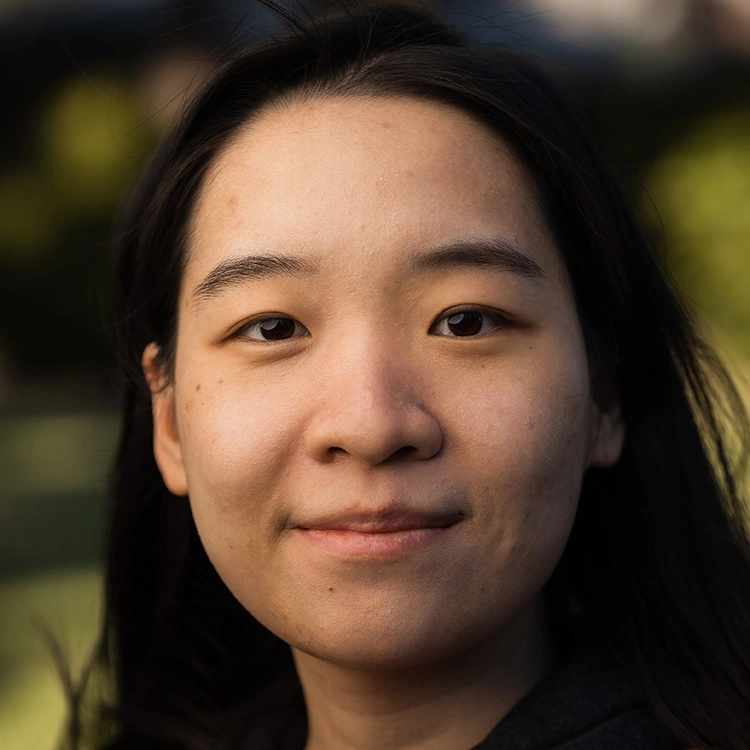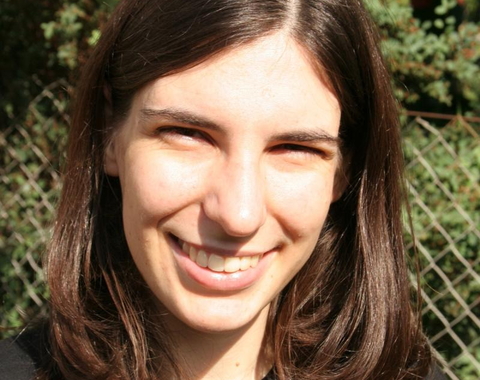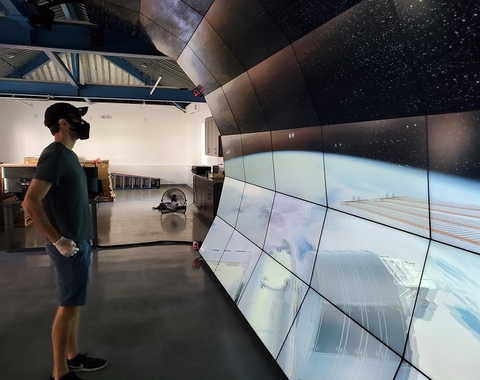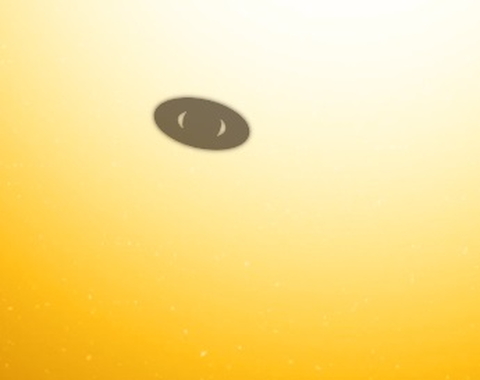The Dawning of a New Age in Astrophysics
The Carnegie Theoretical Astrophysics Center brings theorists and observers together at the cutting edge of astrophysical research.
Theory plays a key role in astronomy and astrophysics. It guides insight into the physical nature of the universe even when the theory is wrong. Indeed, it is the differences between theory and observation that have ushered in the most dramatic revolutions in physics and astronomy. Examples abound, ranging from the deviation of mercury’s orbit relative to Newtonian dynamics, which ultimately yielded General Relativity, to the variation in the expected cosmic microwave background radiation and the observed very smooth cosmic microwave background (CMB), which ultimately gave way to our current concordance model for the cosmos.
In addition to the obvious role of theory in making the nature of the universe manifest in clear, predictable, and manipulatable form, theoretical research also serves two more practical functions. These are in its Guidance of Observational Programs and the in the Interpretation of New Results. CTAC, where theorists and observers work closely together, is especially well suited to address these functions.
The goal of astronomy and astrophysics is not just to catalog the universe, but to understand how it works. Without broad support of theoretical work, ranging from theoretical predictions that suggest new observations or instruments, to theoretical interpretation and modelling of existing data, astronomy will be reduced to an expensive and aimless cosmic census. CTAC addresses these fundamental needs in order to reach the promised critical breakthroughs in astrophysics over the next decade and well beyond.
In addition to the obvious role of theory in making the nature of the universe manifest in clear, predictable, and manipulatable form, theoretical research also serves two more practical functions. These are in its Guidance of Observational Programs and the in the Interpretation of New Results. CTAC, where theorists and observers work closely together, is especially well suited to address these functions.
The goal of astronomy and astrophysics is not just to catalog the universe, but to understand how it works. Without broad support of theoretical work, ranging from theoretical predictions that suggest new observations or instruments, to theoretical interpretation and modelling of existing data, astronomy will be reduced to an expensive and aimless cosmic census. CTAC addresses these fundamental needs in order to reach the promised critical breakthroughs in astrophysics over the next decade and well beyond.
Recent Theory News
Astronomer Ana Bonaca, for whom the Milky Way galaxy is laboratory to explore the evolution of the universe, has joined the Carnegie Observatories as a Staff Scientist.
In a refurbished Southern California garage, Carnegie astrophysicists are creating the virtual reality-enabled scientific workspace of the future where they will unlock the mysteries of the cosmos.
Some of the extremely low-density, “cotton candy like” exoplanets called super-puffs may actually have rings.
